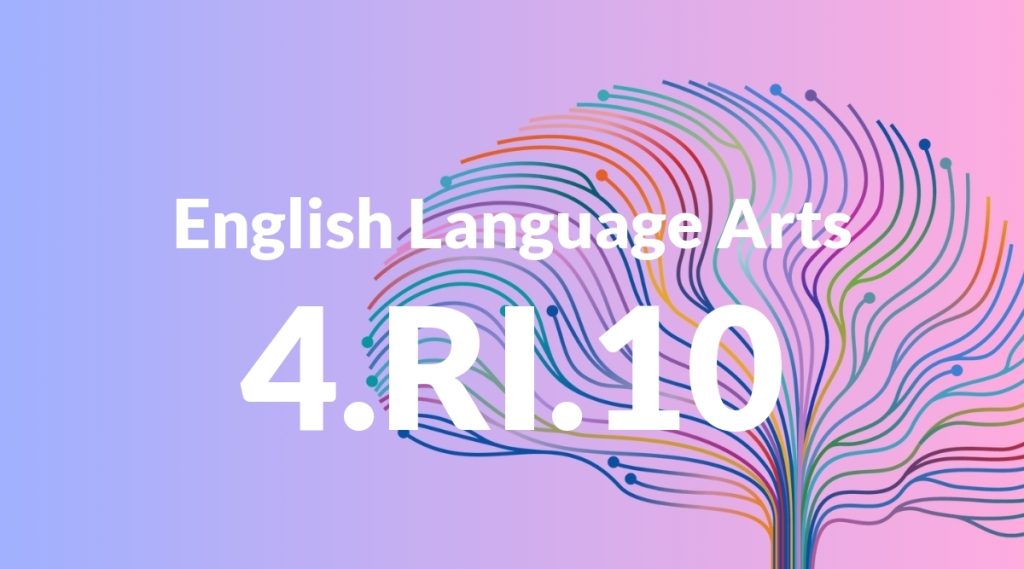Standard: 4.RI.10 – By the end of year, read and comprehend informational texts, including history/social studies, science, and technical texts, in the grades 4–5 text complexity band proficiently, with scaffolding as needed at the high end of the range.
Grade level: Grade 4
Subject: English Language Arts
Domain: Reading: Informational Text
Teacher Overview
This standard focuses on ensuring that students can read and understand a variety of informational texts by the end of Grade 4. This skill is crucial as it lays the foundation for more advanced reading and comprehension tasks in later grades, particularly in subjects like history, science, and technical studies. Students should be comfortable identifying main ideas and supporting details, understanding basic text features, and have a foundational vocabulary suitable for Grade 4.
After mastering this standard, students will be able to critically analyze and synthesize information from multiple texts, evaluate the credibility of sources, and integrate information to form well-rounded arguments or presentations.
Common Misconception 1
A common misconception is that students may only focus on the main idea and neglect supporting details. This is incorrect because supporting details are essential for a complete understanding of the text.
Intervention 1
Use graphic organizers to help students map out main ideas and supporting details, reinforcing the importance of both in comprehending the text.
Common Misconception 2
Another misconception is that all informational texts are equally difficult and require the same reading strategy. This is incorrect as different texts have varying complexities and purposes, requiring different approaches.
Intervention 2
Teach students a range of reading strategies tailored to different text complexities and purposes, such as skimming for main ideas and close reading for detailed understanding.
Prerequisite Knowledge
Students should be able to identify main ideas and supporting details in texts, understand basic text features (headings, captions), and have a foundational vocabulary appropriate for their grade level.
Subsequent Knowledge
Students will develop the ability to critically analyze and synthesize information from multiple texts, evaluate the credibility of sources, and integrate information to form well-rounded arguments or presentations.
Instructional Activities
- Use graphic organizers to map out main ideas and supporting details.
- Practice reading different types of informational texts and discuss the reading strategies used.
- Engage in group discussions to analyze and synthesize information from multiple texts.




